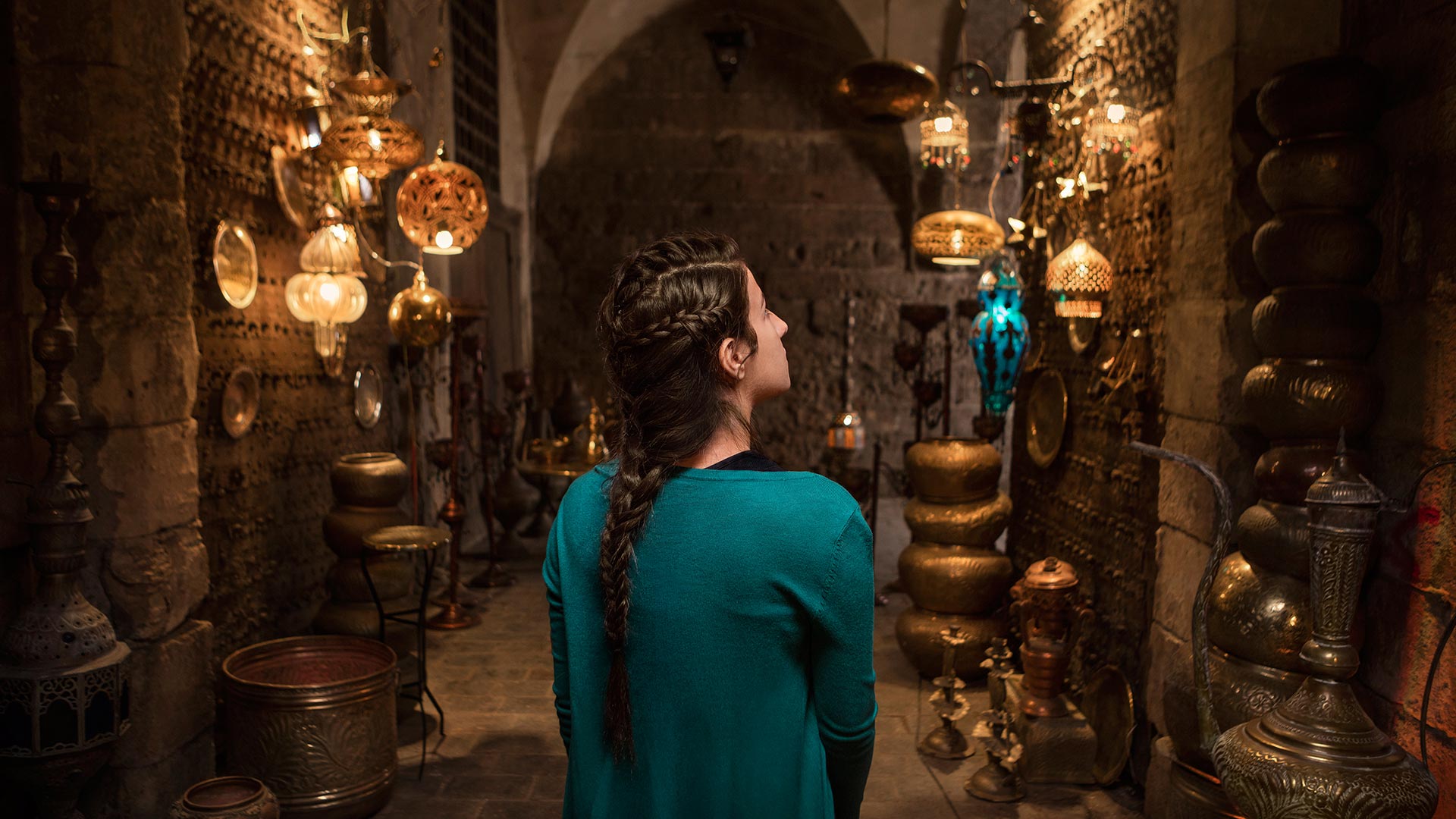Egypt has competed for centuries as the preferable destination amongst the travelling community to the ‘Orient’, as the origin to experience sun, sea, sand, and beforehand culture, people, and ancient history. This is the personality of Egypt as a competent destination, in the memory of the world but desperately a long time ago.
Also Read: Lionel Messi in Egypt On A Marketing Mission!
To mention that in the current information driven world and rapid increase in Internet users number, it is no longer a choice for Egypt to be left behind, and for tourism industry stakeholders and destinations’ marketers concerned about Egypt’s image, not to build a comprehensive presence on the Web, and make all the available facilities and services within the destinations accessible online. As such, the World Tourism Organization Business Council claimed “if you are not online then you are not on-sale within your key markets”.
#Egypt is online, you can have a glimpse of it on #ExperienceEgypt, the online portal of which Egypt is promoted, publicized, and marketed by Egypt Tourism Authority. Content is king, and it does affect travelers’ decisions, social networks are a platform to measure the word of mouth, as per a survey recently conducted by TripAdvisor showed that travelers may trust user-generated reviews more than they trust travel agents’ content.
Some of the drawbacks of ETA performance online are lack of awareness concerning the marketing segmentation ‘Who are they targeting?’ the lack of targeted content marketing, if it is informative, service oriented or interactive and participatory content, or all together? Besides most of these social networks are not included on their official Website, and there is no unified digital identity/name on almost all of these social networks.
Related ➤ JWT wins 68M USD contract to promote Egypt in 27 tourism markets
Thus, to develop Egypt’s robust brand appeal and enhance its online presence, this factor is pretty crucial to take into consideration when it comes to online marketing; understanding that marketing is often misused in tourism destinations to mean just promotion, which is just one element of the marketing process, as marketing covers the entire process of developing a product and promoting it to refining and redeveloping it, from initial consumer research through promotional campaigns to monitoring customer attitudes and sales.
What to do to change this poor online marketing situation?
The Internet, particularly social media networks, has accelerated a shift in the nature of products from mass produced and tangible to customized and information-based. Google indicated in its annual summit that we don’t go online anymore we increasingly live online. And so the brands we love the destinations we dream to travel one day, should also ‘live’ online.
A-three-steps marketing model strategy is the output of research that verified Egypt’s cultural destinations and their online positioning in a case study which included an online marketing screening, a comparative analysis of ETA and travel agencies websites, and benchmarking on successful practices of E-marketing of UNESCO World Heritage destinations in countries such as Switzerland, France and Malaysia, in addition to insights from in-depth interviews with 12 experts on Egypt’s sustainable tourism marketing situation.
The research findings aimed at proposing solutions and smart approach for Egypt to develop a comprehensive online presence and penetrate key markets with its world heritage sites, and compete with other destinations in the electronic marketplace, the following steps should be taken into considerations to fulfill that goal:
IDENTIFY:
– Short-term (tactics) and Long-term (strategy) objectives.
– Marketing segmentation and target audiences.
– Market demand versus existing resources/capacity .
– Situation analysis and means of developing the product/destination to respond to the market demand Competitors benchmarking.
– Online optimal distribution channels.
IMPLEMENT:
– Digital marketing planning (marketing mix and budget)
– Branding (packaging culture, heritage and place in an appealing trip planning, itineraries, events, and activities).
– Content-led marketing strategy (keywords, internal search engines, linking in, SEO, engage traffic, engage marketing conversion and leads).
– Networking between stakeholders and boosting their integral presence online (partnerships developed through Destination Marketing/Management Organizations systems).
– Online reservation system.
MONITOR:
– Trends and drivers of customer behavior, particularly prior and post site visitation, via marketing and research tools.
– Online performance and engagement measurement (Key Performance Indicators (KPIs), Return of Investment (ROI), Web analytics, etc.)
– Online campaigns effectiveness.
– Website regular development.
– Content management and upkeep.
Important though, that networks should be established between all the stakeholders involved in the management of Egypt tourist destinations, and collaboration between them should be demonstrated in an integrated system represented in a DMO (Destination management or marketing organization) that is responsible of building electronic linkages between all related sectors in a reliable, user-friendly and accessible Website and prompt to the target audiences and respond to the market demand, while at same time it promotes sustainable brand image of Egypt.
Featured image courtesy: Egypt.travel
